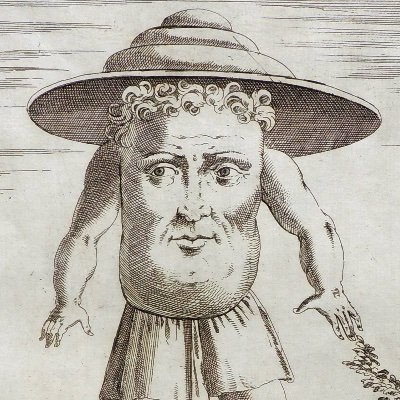
@incunabula
Bibliophile. The history of writing and of the book - across ALL cultures - from cuneiform tablet to papyrus scroll to codex to Kindle. Слава Україні! 🌻

@incunabula
Bibliophile. The history of writing and of the book - across ALL cultures - from cuneiform tablet to papyrus scroll to codex to Kindle. Слава Україні! 🌻